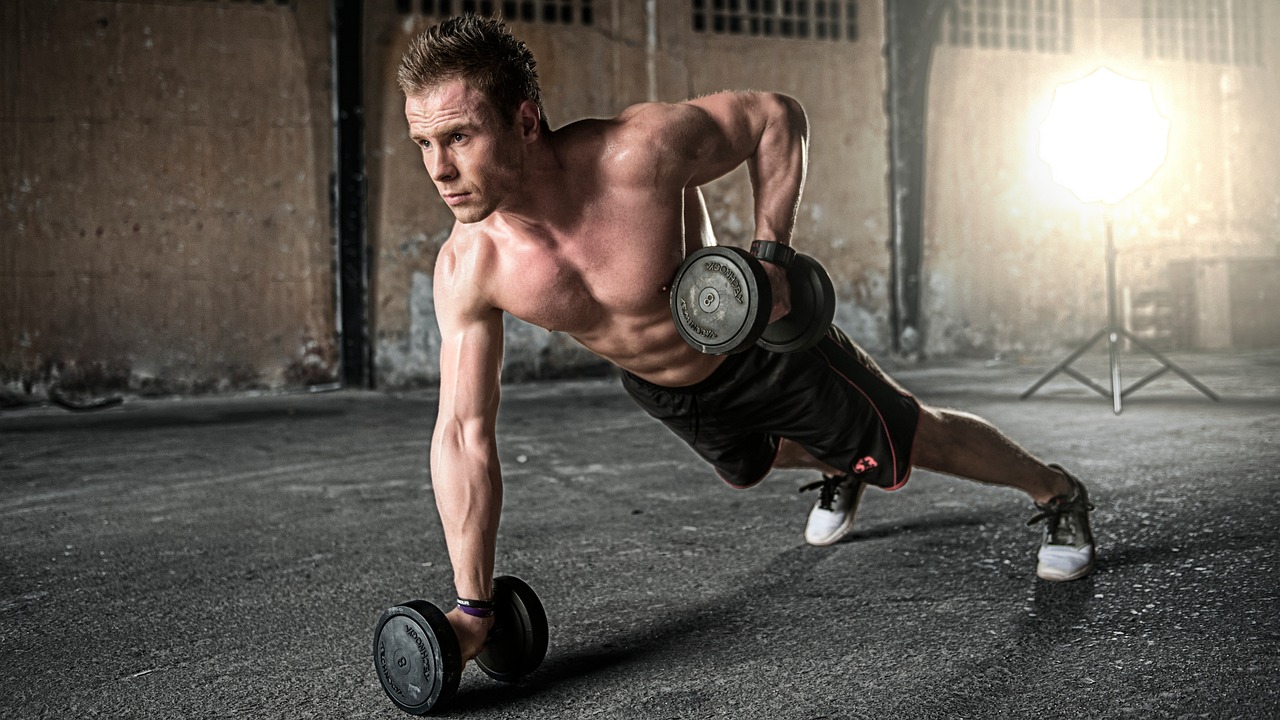
Best Bull Riding Exercises for Strength & Safety
If you want to learn to bull ride, you need more than guts—you need the right physical preparation. The best bull riders train their bodies to handle the power, speed, and unpredictability of the sport. With the right exercises, you can improve your balance, grip, and reaction time—while also protecting yourself from injury.
Whether you’re just getting started or have already been on a few bulls, this guide will show you how to train like a professional.
Why Exercise Matters in Bull Riding
Bull riding isn’t just about holding on—it’s about controlling your body under extreme pressure. A strong, balanced, and flexible body helps you:
Stay centered on the bull for more eight-second rides
React quickly for each jump and direction change
Avoid injuries by improving mobility and core stability
Build confidence before stepping into the chute
Key Areas to Train for Bull Riding
1. Core Strength
Your core is the foundation of every movement in bull riding. A strong core keeps you balanced and stable, even when the bull is spinning or jumping.
Exercises: Planks, Russian twists, hanging leg raises, medicine ball slams
2. Grip and Forearm Power
A powerful grip helps you stay locked in.
Exercises: Farmer’s carries, wrist curls, rope climbs, towel pull-ups
3. Lower Body Stability
Strong legs help you stay on your rope and stay centered.
Exercises: Squats, lunges, box jumps, single-leg balance drills
4. Explosive Power
Bull riding requires quick reactions and bursts of energy.
Exercises: Power cleans, kettlebell swings, burpees, sprint intervals
5. Flexibility and Mobility
Tight muscles can throw off your balance and increase the risk of injury.
Exercises: Dynamic stretching, yoga, hip mobility drills, shoulder openers
Sample Bull Riding Training Routine
Here’s a balanced weekly plan you can adapt:
Day 1: Strength (Squats, pull-ups, planks)
Day 2: Explosiveness (Box jumps, sprints, kettlebell swings)
Day 3: Grip Training (Farmer’s carries, rope climbs, wrist curls)
Day 4: Flexibility & Recovery (Yoga, foam rolling, mobility work)
Day 5: Full-Body Circuit (Mix of strength, cardio, and core exercises)
Bull Riding Safety: Train Smart
Training hard is important, but safety comes first. Overtraining or skipping recovery can lead to injuries that set you back. Always:
Warm up before workouts
Stretch after rides and practices
Use proper form when lifting
Rest at least one day per week
Take Your Training to the Next Level
Exercising for bull riding is just the beginning. To improve your technique, confidence, and safety, combine physical training with professional coaching.
👉 Ready to ride smarter and safer? Check out these resources:
With the right exercises and expert guidance, you’ll be stronger, safer, and more confident every time you nod your head.
Be a champion. Start training today.
